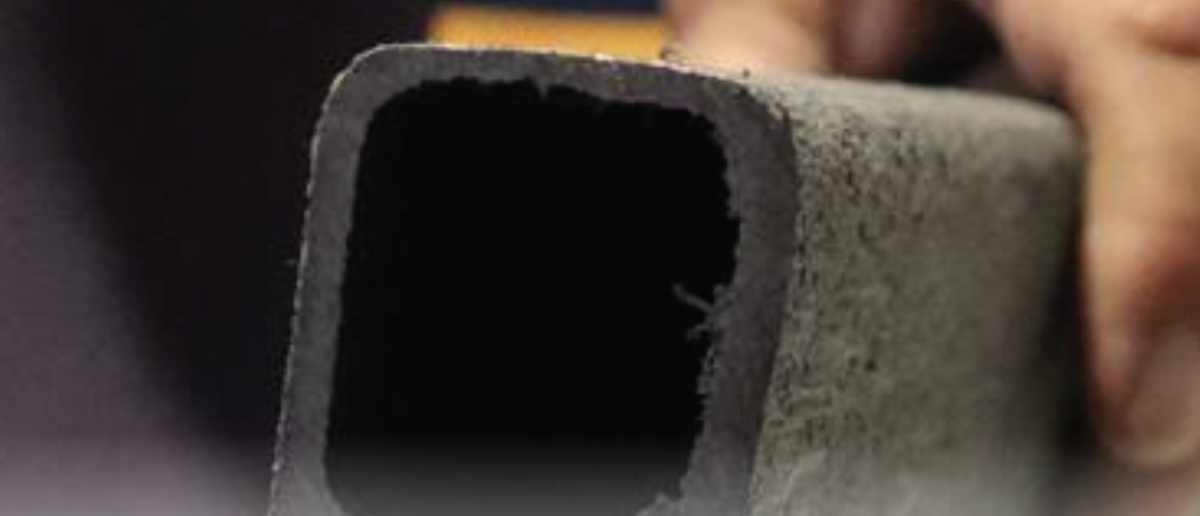
GRP boats recycled into planks
A marine recycling project has found a way to turn old boats into composite planks but needs the product to be purchased in bulk to make it viable.
In Pulse, we are always reporting on the issue of end-of-life boats, as there are very few ways to sustainably dispose of an old fibreglass hull. However, a project that has been running for just over two years has found a partial answer, mainly by turning the crushed-up hulls into composite planks.
The process combines the shredded fibreglass with recycled plastic to create a very stable composite currently being moulded into hollow rigid planking.
The project is led by Will Higgs, the director of the Marine and Boat Recycling company based in the UK’s West Country. To source the old hulls, Higgs and his team will visit a site where a derelict has been marked for disposal, and then arrange its recovery. The boat’s owner, or the local authority responsible for its removal, will pay a fee to have it transported to the company’s yard, where the wreck is then assessed. If it’s not too badly damaged, it can probably be repaired for resale. If beyond economic repair, then it will be stripped down for recycling. Lead keels, aluminium masts and stainless-steel fittings can all have a second life. Usable spare parts are also sold at the company’s chandlery in Plymouth.
The stripped fibreglass hulls are then shredded in a special machine, with Higgs keen not to send anything to landfill. What can’t be used for the manufacture of the new planks is sent for energy creation instead, the fibreglass burnt at a high temperature in a special furnace along with other combustible waste.
Up until now, Higgs has funded his company himself, with no government grants, but is keen to attract inward investment for the recycling of fibreglass hulls. His product, a sample of which was at Seawork, appears very robust, so should have a long second life in a marine environment.
“We’ve been working with partner in West Midlands, which can take any type of glass reinforced plastic and turn it into composite planks that can be recycled indefinitely,” Higgs said. “We have an unlimited source of GRP, as we are scrapping boats every week, and we also have an end product. So far, we’ve had some small orders, but these have
also made strong case studies. These include the making of pontoons, quayside fendering, a bike shelter, picnic tables, decking for a workboat mooring, and a few other outdoor applications. However, what we really need is a wholesale outlet so we can be dealing with meaningful lengths of product. Currently 5% of the GRP we salvage is recycled, but 95% is incinerated. This is better than landfill, but still not ideal, so we are looking at ways to recycle much greater quantities by selling greater lengths of planking.”
So, if you have an idea that could harness this planking in a wholesale way, or if you can think of other shapes that can be tooled for an economically viable project, Higgs and his team at Marine and Boat Recycling would love to hear from you.









